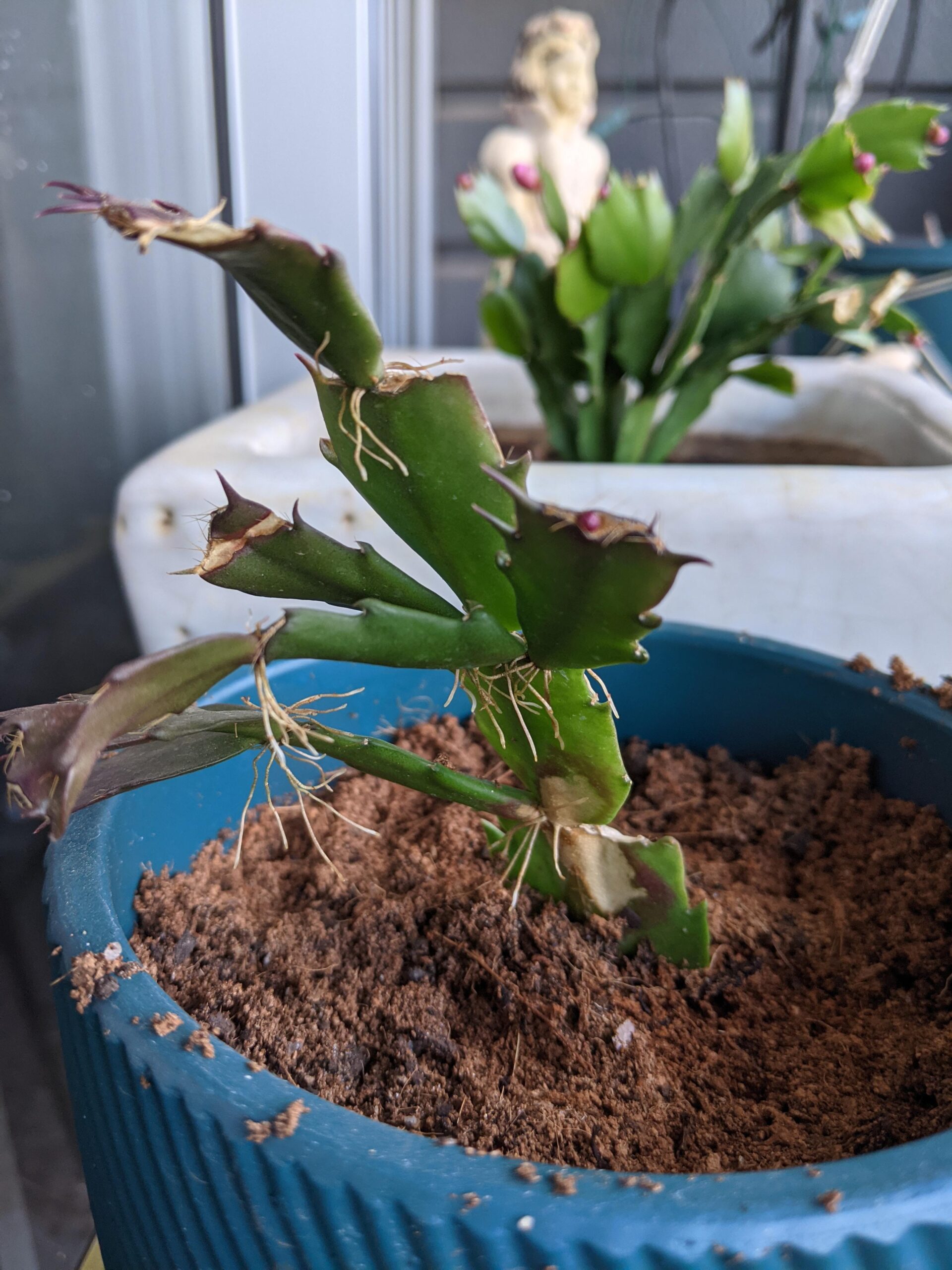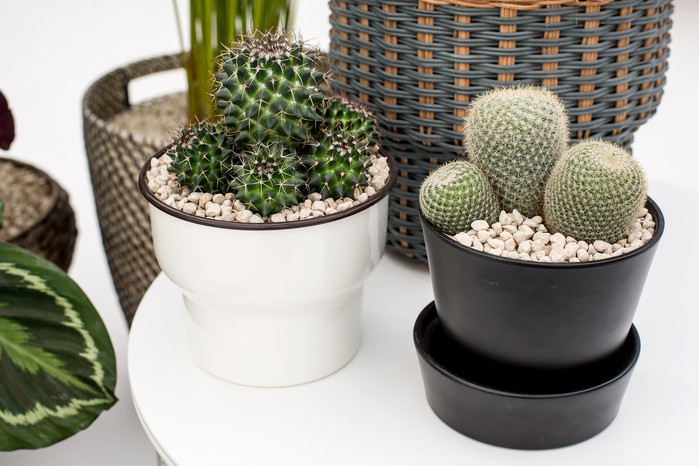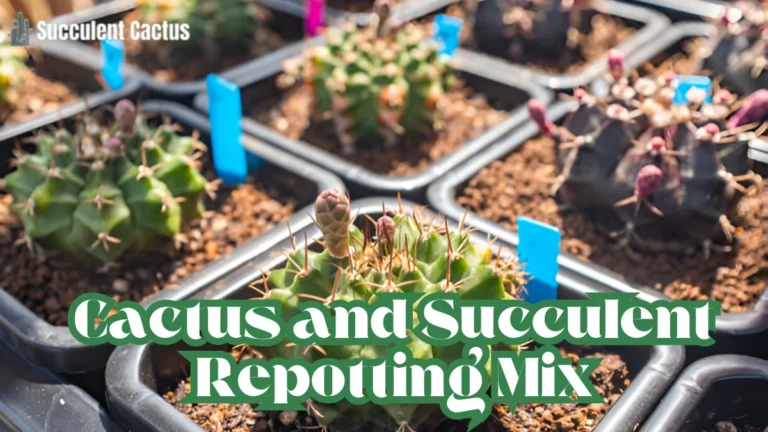Cactus Soul: A Guide to Nurturing and Understanding Your Cacti

Cacti are more than just resilient plants; they embody a spirit of survival, adaptability, and beauty that resonates with their caretakers. This guide, “Cactus Soul,” explores the art of understanding and nurturing your cacti, ensuring they thrive while adding charm to your living space. Whether you’re a beginner or an experienced gardener, this article will equip you with everything you need to connect with the soul of your cactus.
What is the “Cactus Soul”?
The term “Cactus Soul” reflects the unique essence of cacti—their ability to survive harsh conditions, bloom unexpectedly, and bring serenity to their surroundings. To truly care for a cactus, you must understand its soul—its needs, behaviors, and the environment it thrives in.
Types of Cacti and Their Unique Characteristics
1. Desert Cacti
- Found in arid regions, these cacti have spines instead of leaves to minimize water loss.
- Examples: Saguaro, Barrel Cactus, and Prickly Pear.
2. Forest Cacti
- Native to tropical rainforests, they require more humidity and indirect light.
- Examples: Christmas Cactus and Easter Cactus.
Understanding the type of cactus you own is the first step to nurturing it.
Choosing the Right Environment
Cacti are highly adaptable, but providing the right environment ensures their optimal growth.
1. Light Requirements
- Most cacti need 4-6 hours of direct sunlight daily.
- Forest cacti prefer bright, indirect light.
2. Temperature
- Desert cacti thrive in temperatures between 70-90°F (21-32°C).
- Forest cacti require a milder range of 60-80°F (16-27°C).
3. Soil
- Use well-draining cactus soil with a mix of sand, perlite, and organic matter.
Watering Your Cactus
1. Desert Cacti
- Water sparingly, allowing the soil to dry out completely between watering sessions.
- During winter, reduce watering to once a month.
2. Forest Cacti
- Keep the soil slightly moist but not soggy.
- Mist occasionally to maintain humidity.
Overwatering is the most common mistake in cactus care. Stick to a consistent schedule based on the season and cactus type.
Feeding Your Cactus
Fertilizer
- Use a balanced fertilizer diluted to half strength during the growing season (spring and summer).
- Avoid feeding during dormancy (fall and winter).
Providing the right nutrients supports healthy growth and blooming.
Common Cactus Problems and Solutions
1. Overwatering
- Symptoms: Yellowing, mushy texture, and root rot.
- Solution: Repot the cactus in fresh, dry soil and reduce watering frequency.
2. Pests
- Common pests: Mealybugs, spider mites, and scale insects.
- Solution: Use insecticidal soap or neem oil to treat infestations.
3. Lack of Light
- Symptoms: Stretched, pale growth.
- Solution: Move the cactus to a sunnier location.
Propagating Cacti
Propagating cacti is an exciting way to grow your collection.
1. From Cuttings
- Cut a healthy section of the cactus and let it dry for a few days.
- Plant it in well-draining soil and water sparingly.
2. From Seeds
- Plant seeds in a cactus mix and keep them warm and moist until they sprout.
- Be patient—germination can take weeks or months.
The Spiritual Connection to Your Cactus
Caring for a cactus is more than just a task; it’s a journey of mindfulness. Observing their slow growth and resilience can teach patience and adaptability. The “Cactus Soul” is a reminder to thrive even in challenging conditions.
Conclusion
Understanding and nurturing your cactus requires attention, care, and a connection to its unique essence. By embracing the “Cactus Soul,” you’ll not only cultivate healthy, thriving plants but also foster a deeper appreciation for their resilience and beauty.






